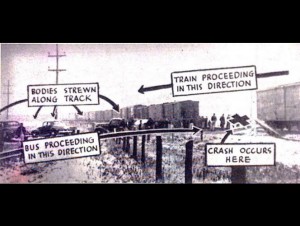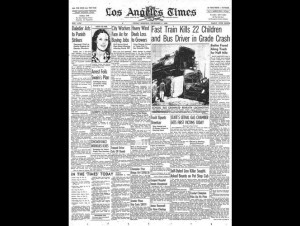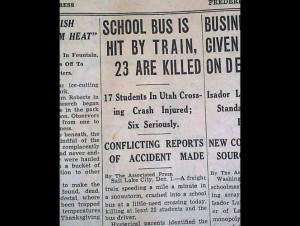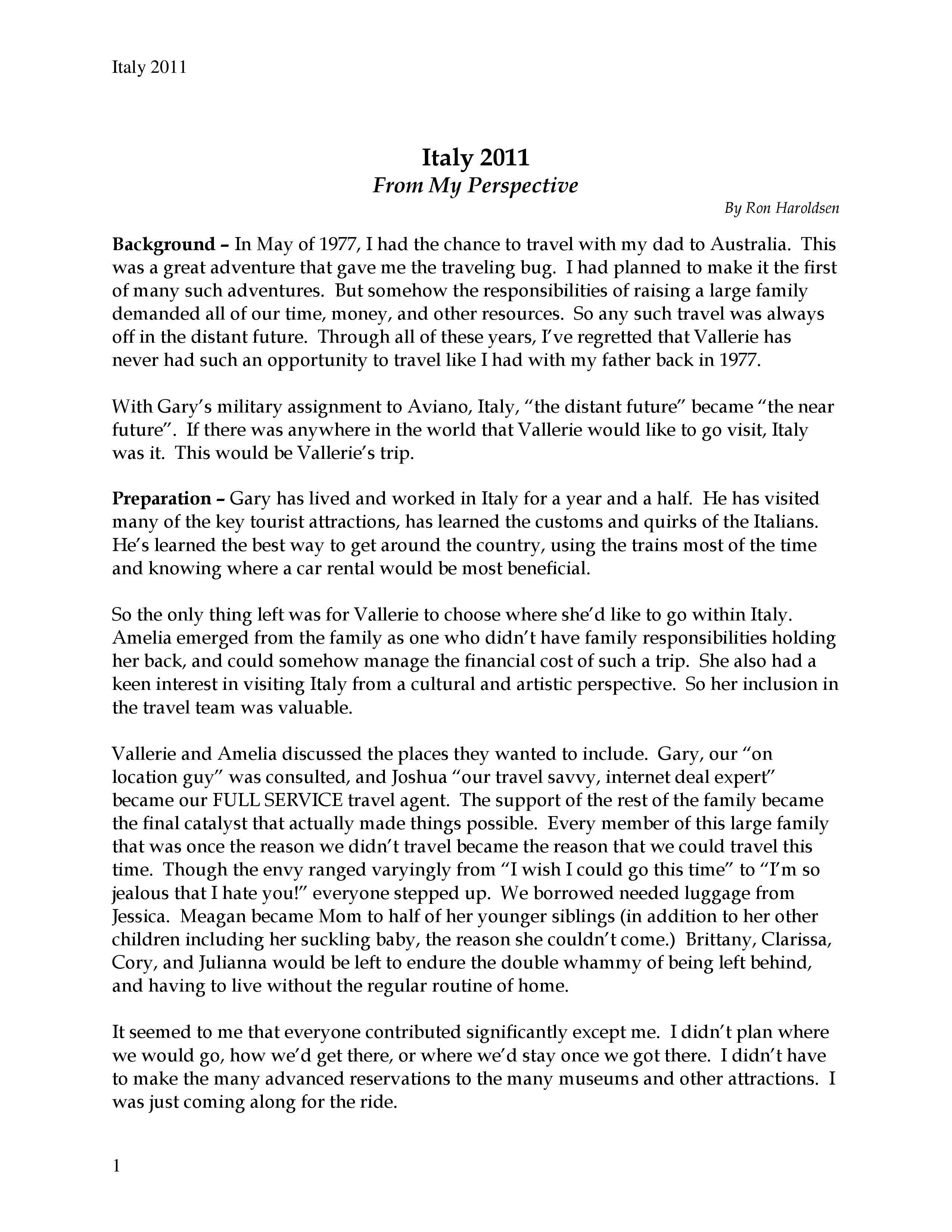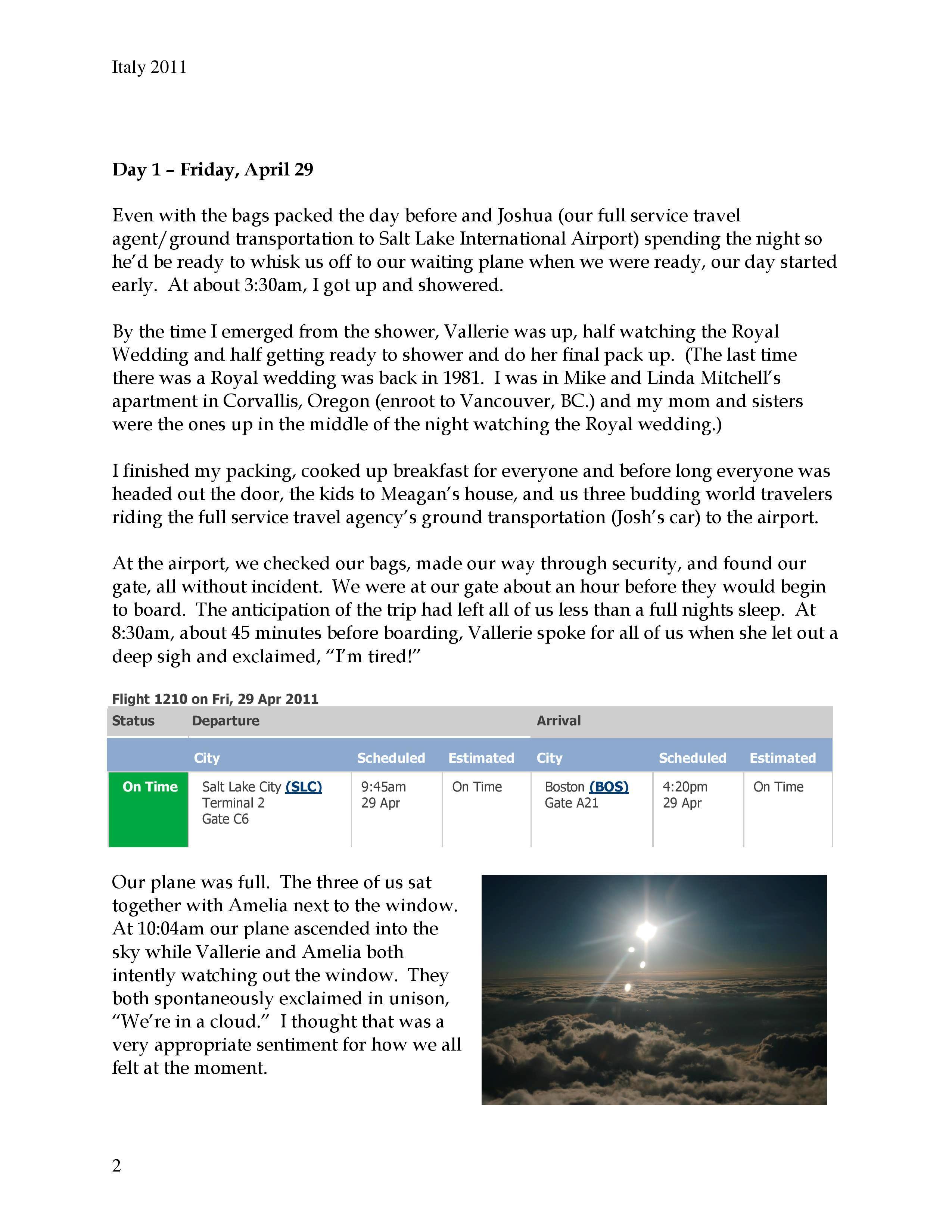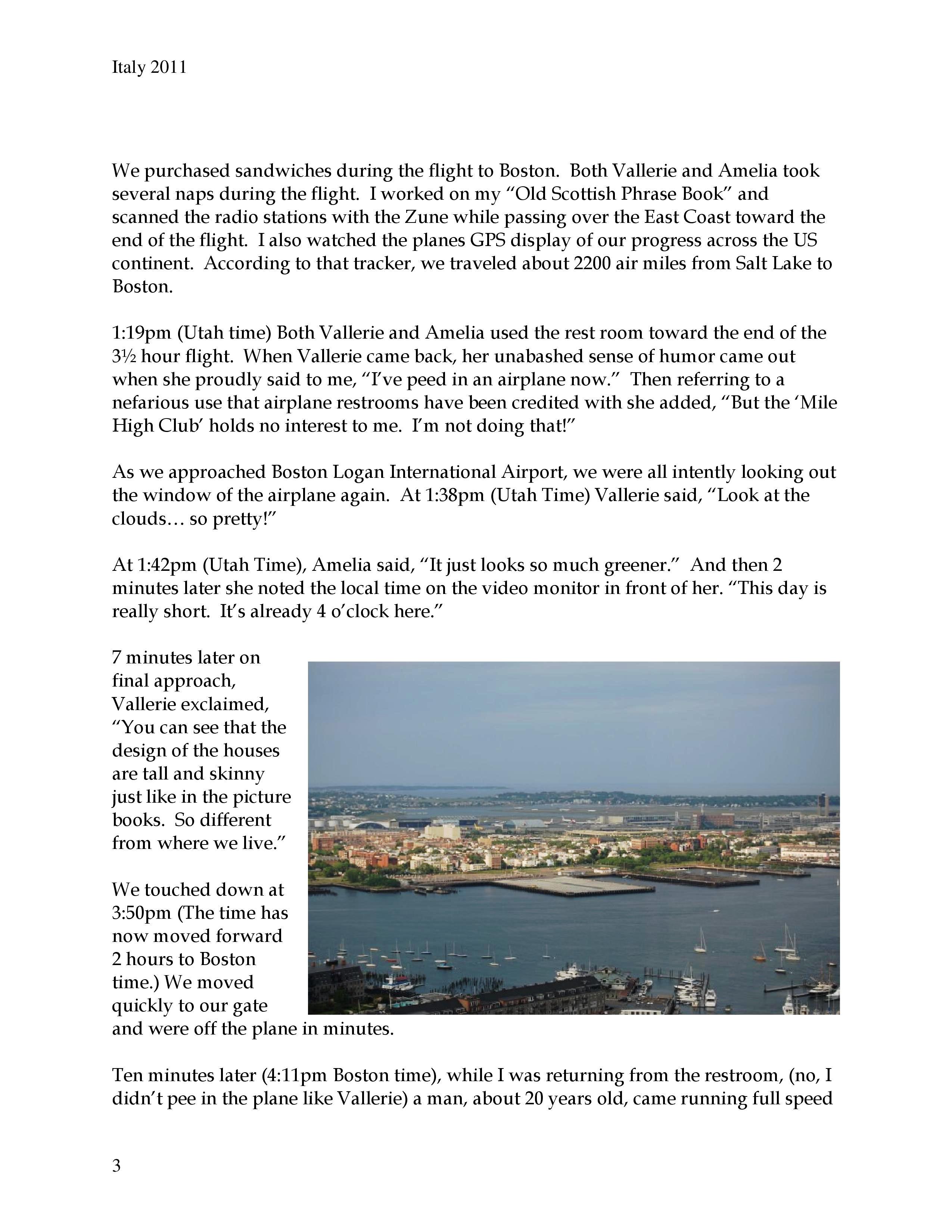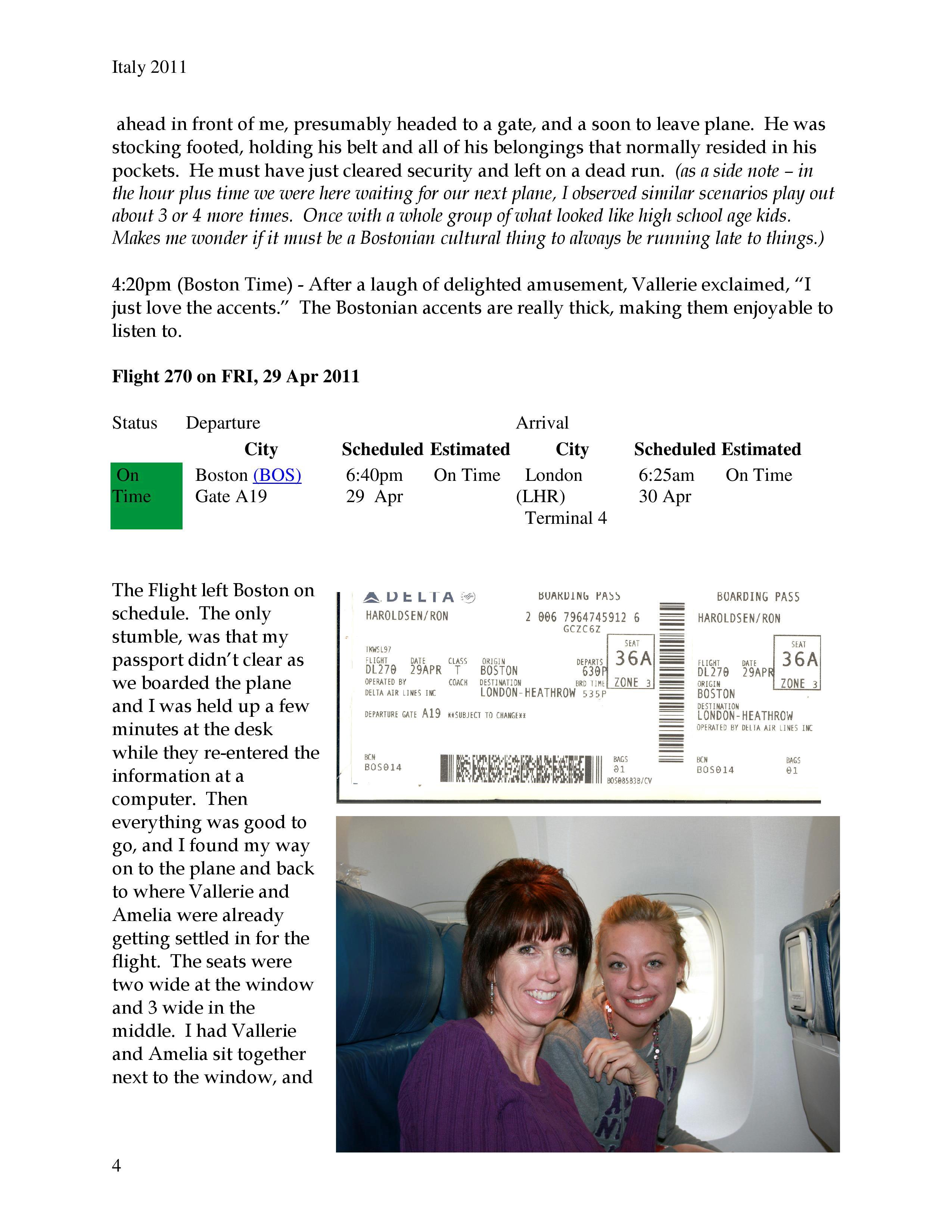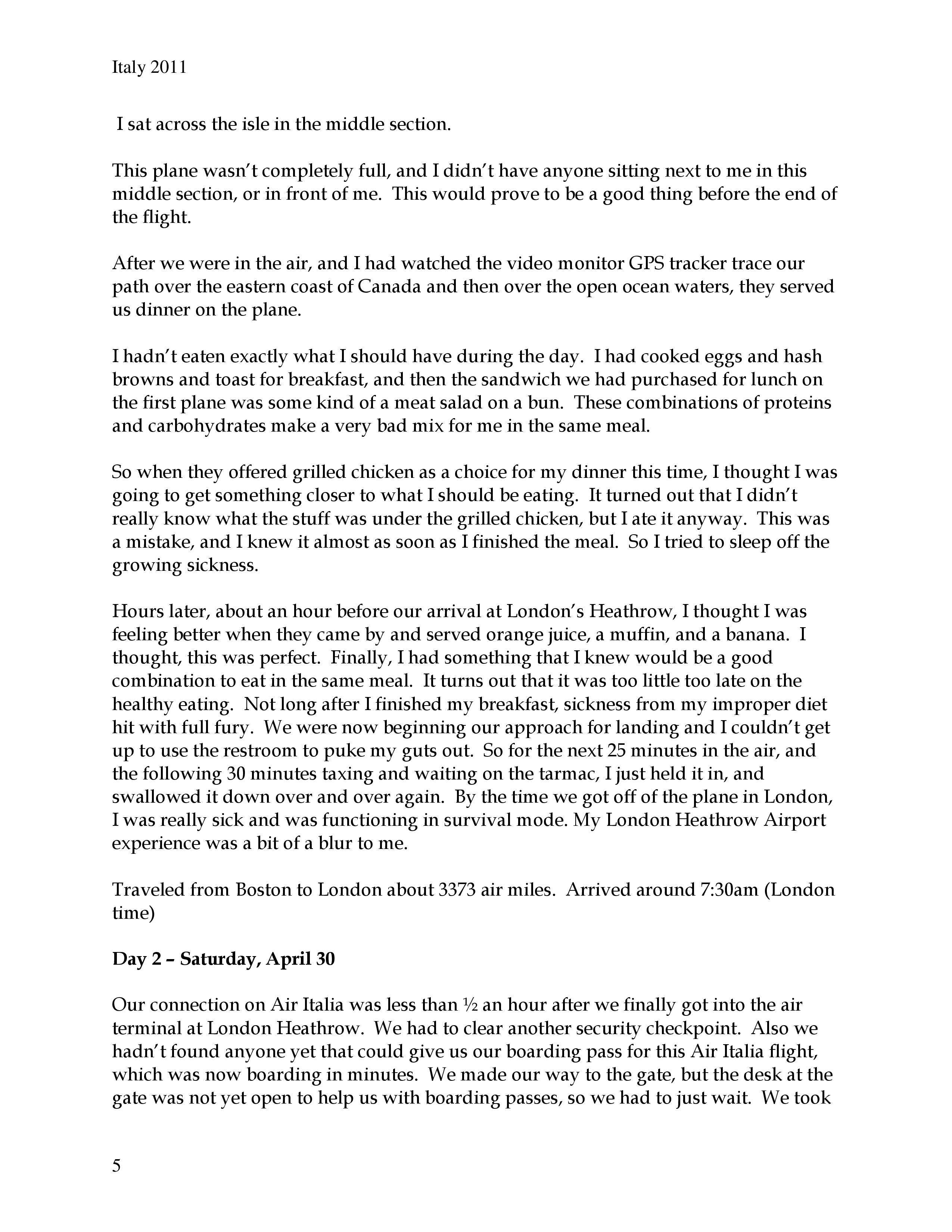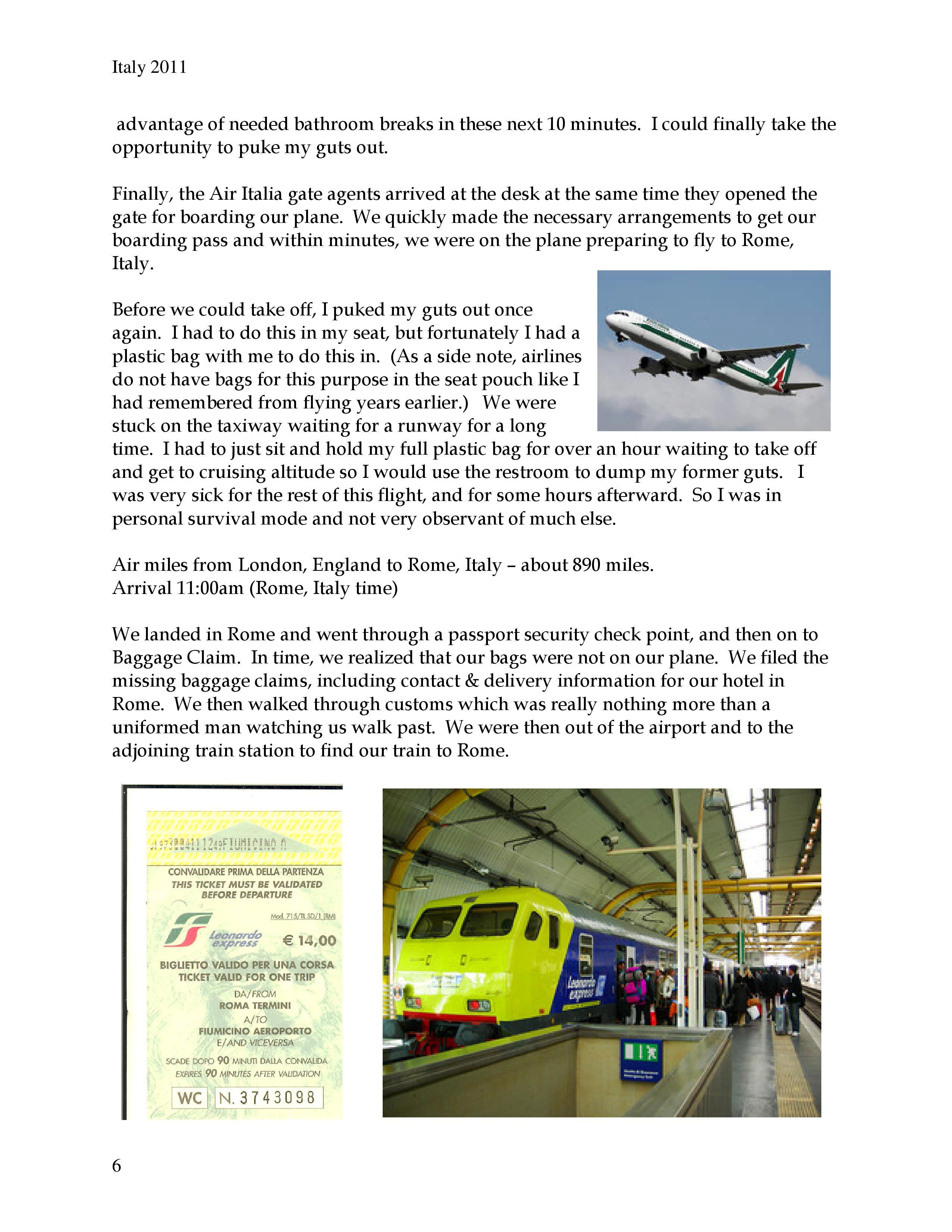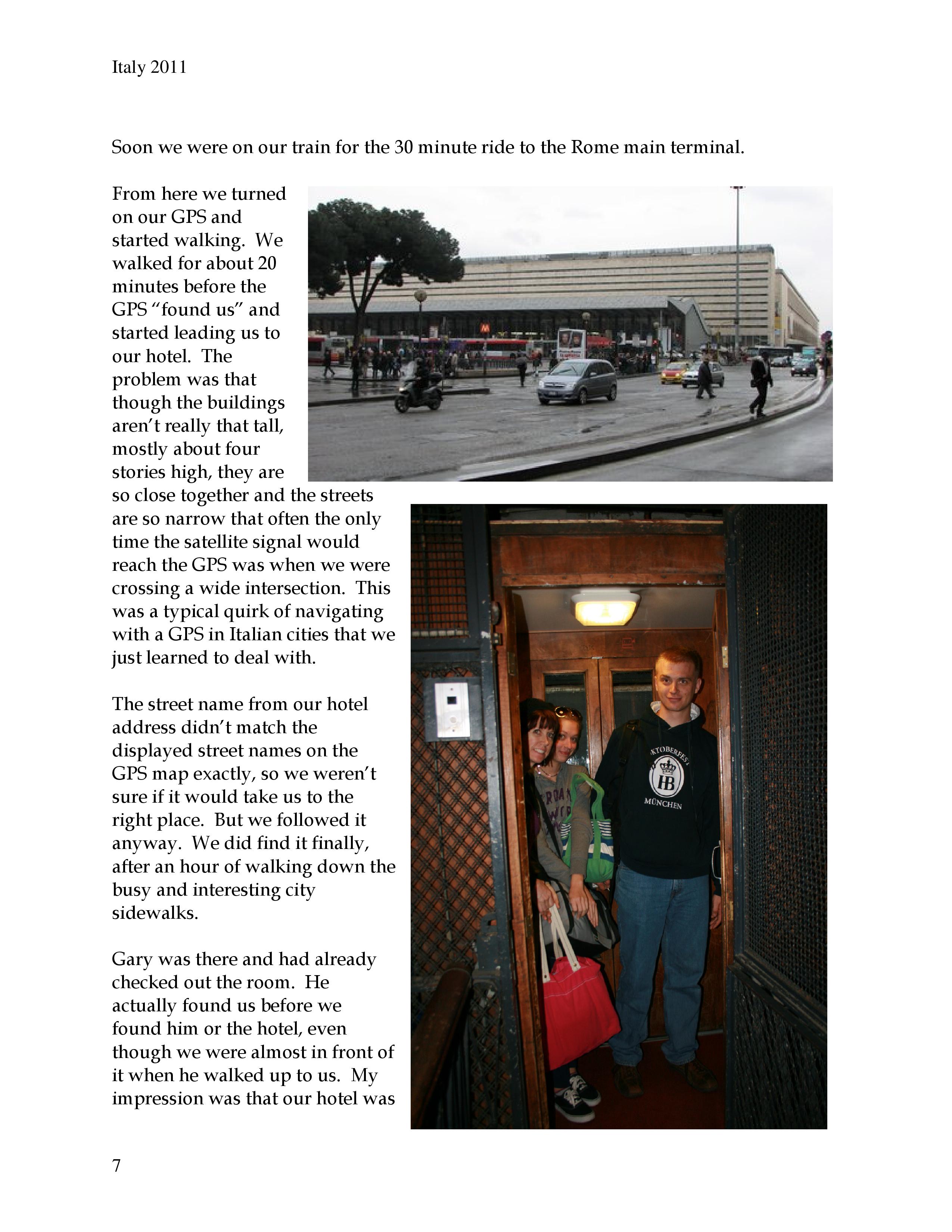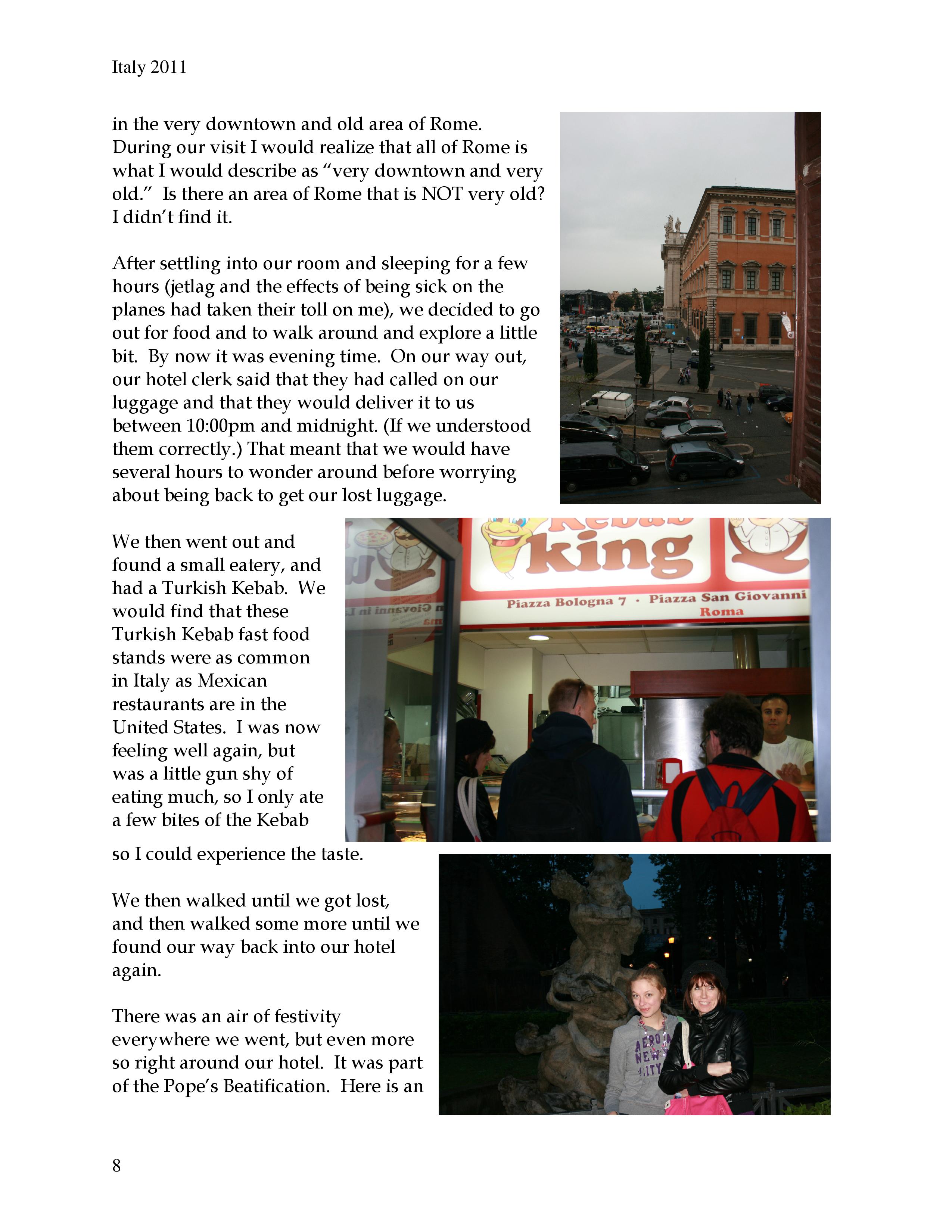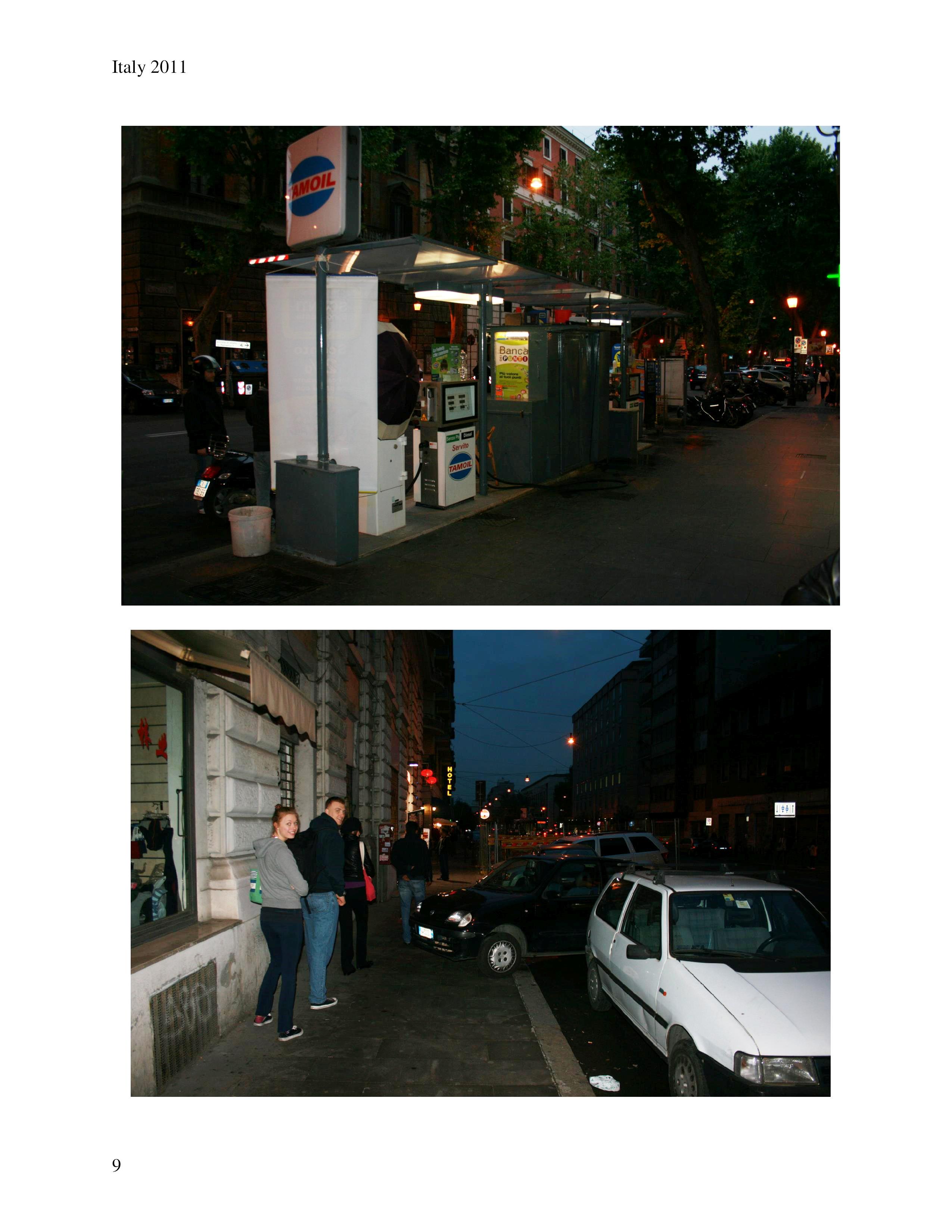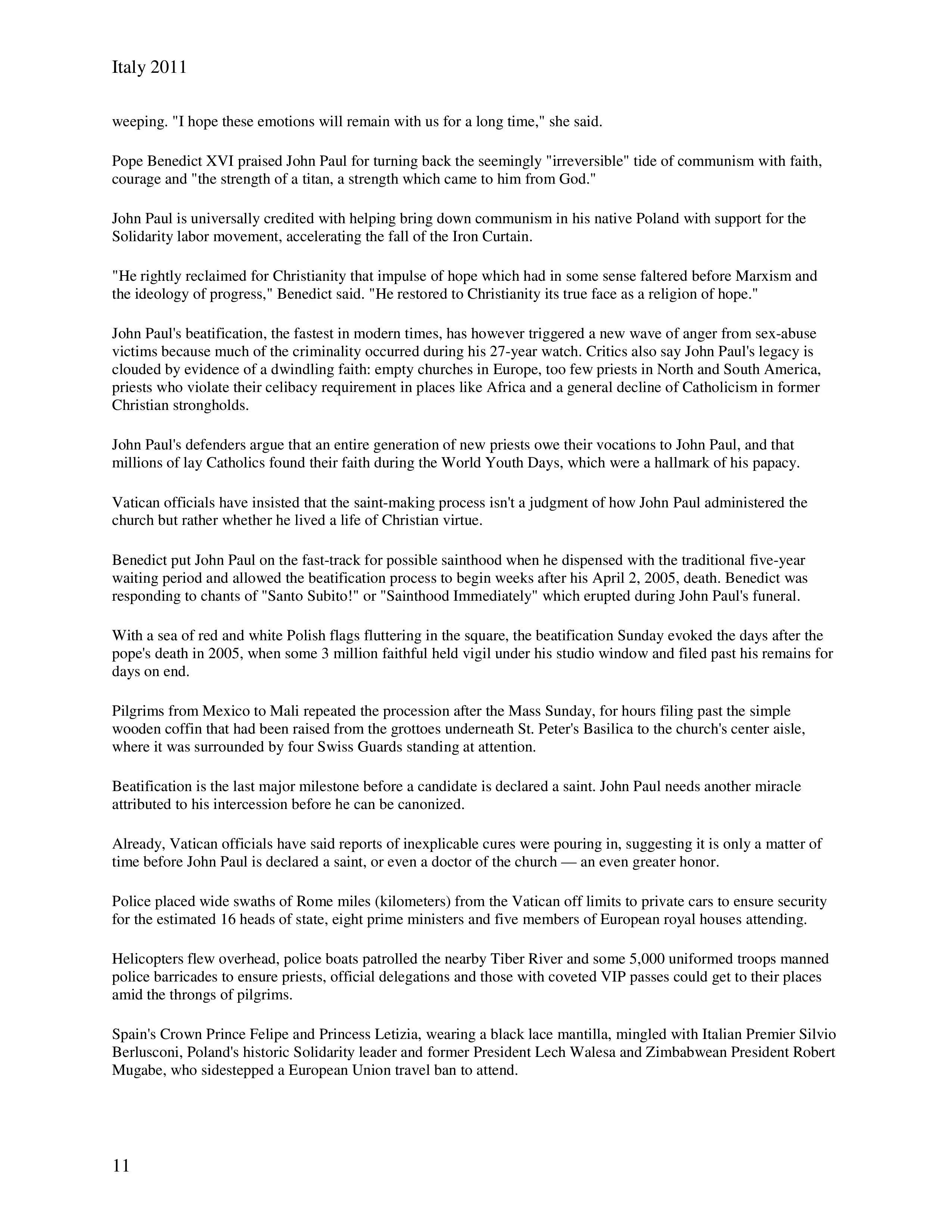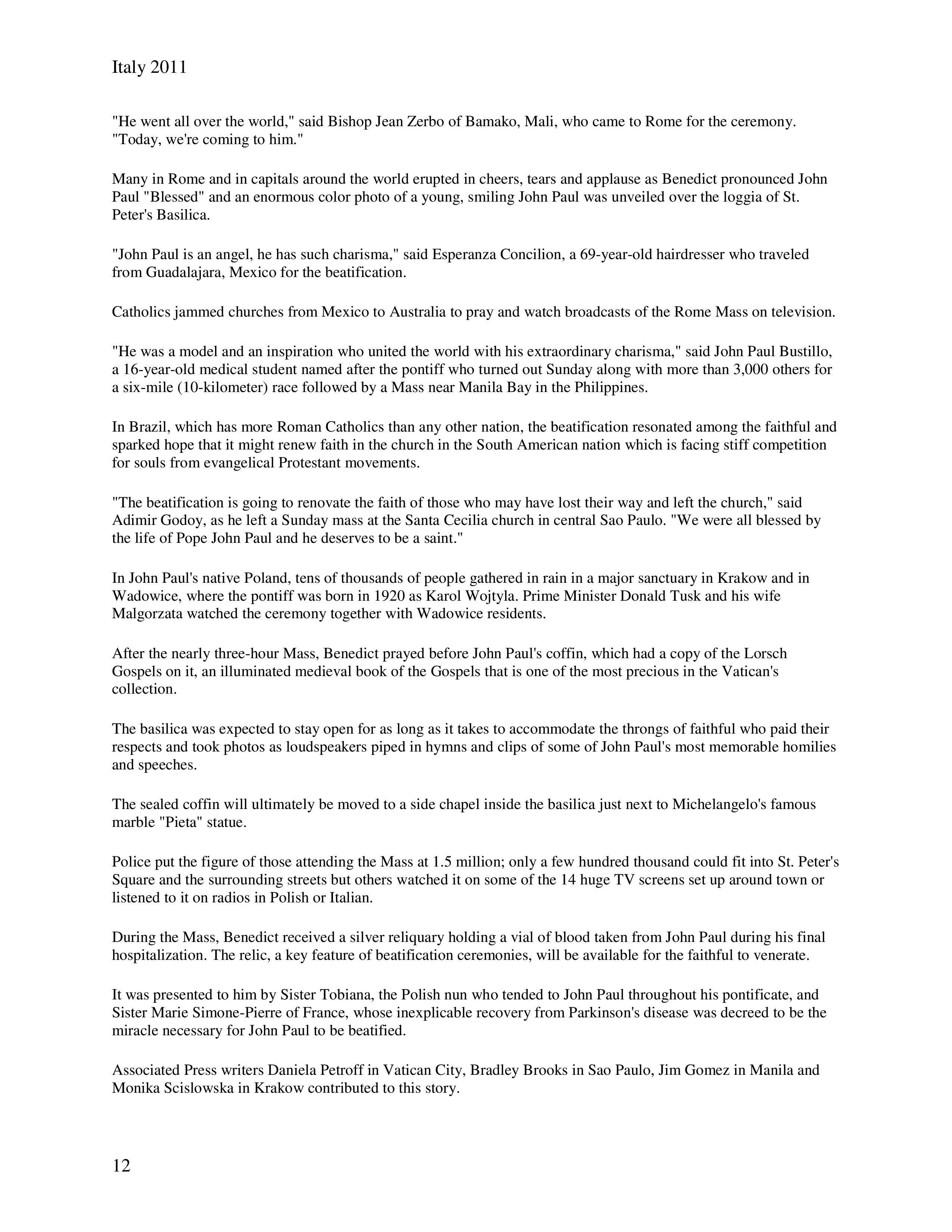They said it wouldn’t work, and I agreed with them. I knew something about how to do such things, because it was my business. This was what I did for a living.
It was back in 1990, in a rugged mountain forest outside of McCall, Idaho. I had pulled the mobile home up the steep narrow mountain road laced with hairpin switchbacks so tight that the cab of my mobile home toter almost past the back end of my trailer through each turn. It had taken hours of skill and luck, mixed with sweat and angst, to arrive at the delivery point.
I would have been exaggerating to call the final dirt trail into the clearing, a road. I stopped my truck, set the brakes, and climbed down to the half dozen waiting recipients of my delivery.
The man in charge, obviously the property owner, walked me through a narrow opening of trees, across a small ravine, and up the mountainside to another clearing that flattened out to a beautiful vista of rugged Idaho beauty. “This is where I want to put it.”
Along with his resident naysayers, I emphatically stated that my truck was not capable of pulling the mobile home to the desired spot. “I don’t have the wheel clearance to make it through that ravine. Even after you clear away those fallen trees and brush, I wouldn’t have the traction to pull the trailer over all those loose rocks going up that steep hill.”
Pointing to his small tractor-backhoe, he asked, “Do you think I can pull it up with this?” I told him that just the weight alone of the trailer tongue, the hitching point, would pop the front of his small tractor in the air like a playground teeter-totter. But undaunted, he persisted, “Just let me try. I value your experience and suggestions, but will you just stand-by and let me try?”
I reluctantly agreed, and we chained his back-hoe bucket to the tongue. With the back-hoe out-riggers down, and the front end of the tractor chained to near-by trees, I watched in amazement as the powerful hydraulics moved this house on wheels forward four feet at a time to its destination.
I was a few hours longer making that delivery then I wanted, but these 28 years later, I still value the lesson learned as I watched someone armed with almost nothing but determination, say the words, “Please let me try.”
Versions of this same story resonate through history. Back in the Victorian era, the railroad innovators struggled to develop engines to propel trains, so they could replace their horses. When the innovators of the day finally adapted the steam-engine technology to the point where the trains we know today could become a reality, a new crop of naysayers decried these iron monsters with fears of harm to the passengers. “It will be impossible to breath while traveling as such velocity… the passengers eyes will be damaged by having to adjust to the continuous motion.” Twenty years later, people flocked to this mode of transportation. It changed the face of Victorian Britain forever.
Early American transportation companies built on the successes of British railroads as they supplemented their canal transportation networks with the much more flexible railroad projects to connect the older seaboard cities and industries with the expanding new American territories. They too had skeptics which were eventually silenced as iron roads crisscrossed the new nation and became the first choice of transportation for travelers and freight. In the long run, canals simply couldn’t compete with such things as flexible destinations and speed. Unlike canals, these new iron roads were open yea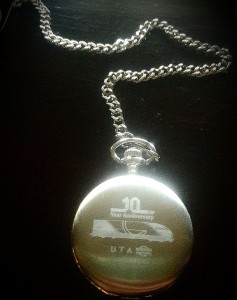 r-round.
r-round.
I think of these early railroad stories, along with my impossible mobile home delivery up in the mountains of Idaho, when I review FrontRunner’s start-up. Early naysayers said it couldn’t be done. The experts of the industry said that the only way it would work would be to contract it out to a third-party. As with any big change to the Wasatch infrastructure, there was plenty of community dialog and input about whether FrontRunner was needed, and how to go about getting it up and running. Back then as a spectator, I did my own armchair quarterbacking on the project.
Now that it is here, along with many others, I have my own perfect 20/20 hindsight about what they did right and what they did wrong with building out and starting up FrontRunner. But here we are 10 years later, and FrontRunner has become a vital part of the Wasatch Front transportation system. Because I now work for this new iron road that has been forged through our communities, I can see how it has become a blessing to individuals, business, and communities alike. More than once I’ve had passengers say to me versions of, “I was against this when they were planning to build it, but now I depend on it. I’m sure glad it’s here now.”
As the increasing Wasatch population continues to pressure our other transportation systems, FrontRunner will only increase in value as a vital part of our infrastructure. Cries of, “It’s not needed.” and “We just need to build more roads, and more parking.” remind me of yesteryears naysayers comparing the start-up difficulties of railroads in general to best of the horse and buggy and transportation canals of the day. Though public transportation won’t eliminate the need for private automobiles, even those who will never ride the train benefit from such things as reduced traffic congestion and better city parking, as our trains move many thousands to their destinations without competing for those overworked roadways.
Even with all the miss-steps and bumps along our first ten years, look where we are now. We are a vital part of thousands of peoples lives as they live and work along the Wasatch Front. I can only imagine with some experience under our belt, how much more effective and vital our iron road might be in the coming years. I imagine somewhere up in the mountains near McCall, Idaho is a now beautiful estate. While pulling a mobile home to a very unlikely place, I’m sure I had only seen the beginning of what that property owner created. I can only imagine what a beautiful place it is now.
As I see where we are in the first 10 years, I am pleased to be part of what lies in our future as we continue to build, grow, and improve our own iron road.
